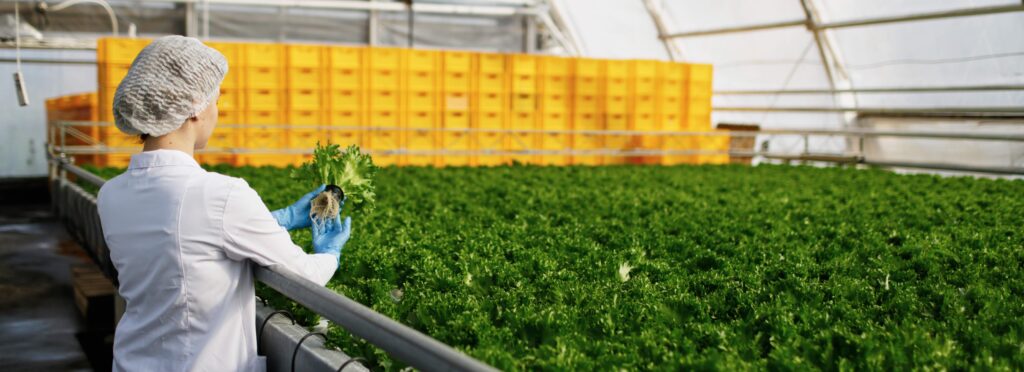AgriNovus Indiana, similar to TechPoint, is a Central Indiana Corporate Partnership initiative. AgriNovus Indiana has played a crucial role in driving the growth and expansion of Indiana’s agbioscience economy. The organization’s efforts have led to significant economic growth across all four targeted agbioscience platforms in the state, positioning them for future innovation-driven growth. Several recent major agbioscience-related economic development announcements serve as evidence of AgriNovus Indiana’s impact on the state’s economy:
Elanco’s recent announcement to construct a sprawling 220,000 square-foot six-story office building in downtown Indianapolis is intended to create an animal health hub for the city. This ambitious development will also include connecting innovation and collaboration buildings that are sure to revolutionize veterinary medicine in the region.
Corteva’s decision to select Indianapolis for its global headquarters strengthens the city’s reputation as a major player in agbioscience.
With a remarkable success in fundraising, Inari managed to acquire an impressive amount of $475 million in equity. Thanks to this investment, the company will now have ample funds to expand their investments and operations within Indiana.
Taranis announced that Westfield, Indiana has been chosen as their global headquarters and the recent achievement of another funding round. This brings Taranis’ total equity raised up to an impressive $99.6 million.
BiomEdit, a microbiome startup spun off from Elanco and based in Indiana, just completed its impressive Series A round of funding reaching $40 million.
Greenleaf Foods intends to build the most extensive plant-based protein production facility across North America in Indiana, resulting in the creation of 460 job opportunities upon its launch.
These developments demonstrate the success of AgriNovus Indiana’s efforts in attracting major agbioscience players to the state, fostering innovation and collaboration. Indiana is at the forefront of innovation, with its scientists and engineers actively striving to boost agricultural productivity, optimize resource usage efficiency, improve environmental sustainability, and discover new sustainable applications for farm products.
As a result of AgriNovus Indiana’s strategic initiatives and the subsequent growth of the agbioscience sector, Indiana’s economy is experiencing significant positive impact, with the sector well-positioned to continue generating substantial economic benefits for the state in the future.




